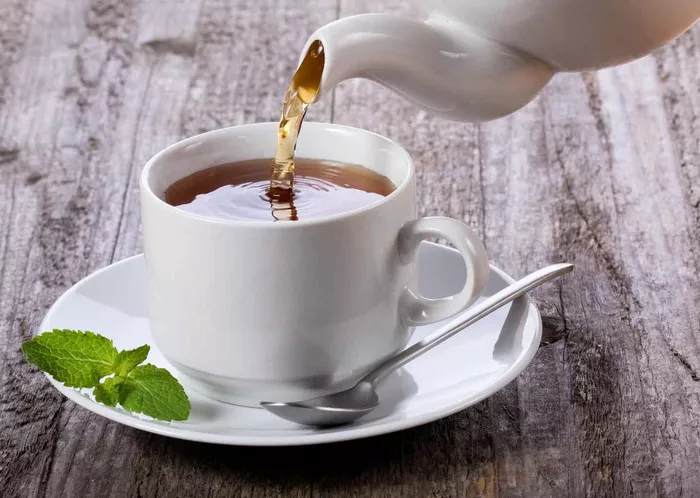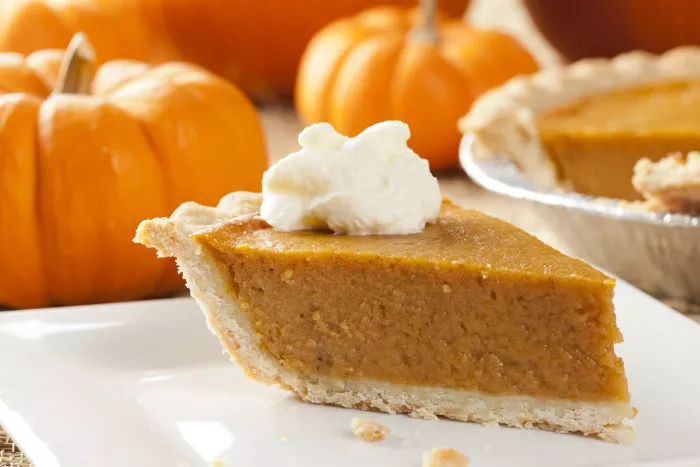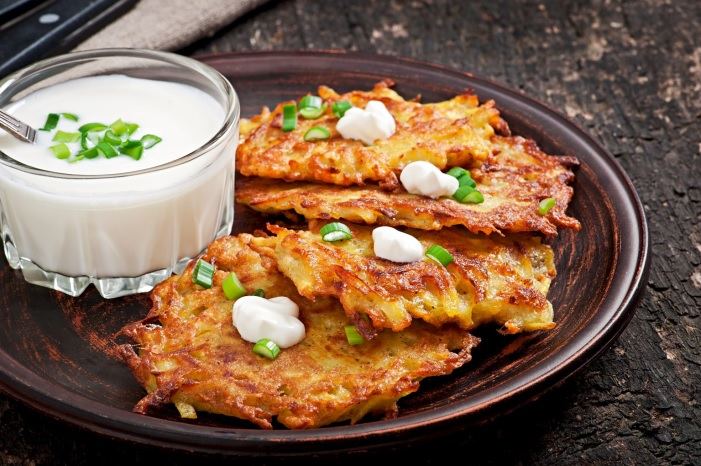Tea, with its rich history and diverse traditions, has transcended its origins as a simple beverage to become a symbol of sophistication and cultural heritage. The etiquette associated with tea consumption is as diverse as the tea varieties themselves, reflecting the nuances of different societies around the world. This article aims to delve into the intricacies of tea culture etiquette, exploring twelve key tips to enhance your appreciation of this time-honored ritual and ensure a refined tea-drinking experience.
12 Tea Culture Etiquette Tips
1. Choosing the Right Tea
The first step in cultivating a tea culture etiquette is selecting the right tea for the occasion. Whether it’s a robust black tea, a delicate green tea, or a fragrant herbal infusion, the choice should align with the setting, time of day, and the preferences of the participants. A well-informed tea enthusiast considers the nuances of flavor, aroma, and caffeine content, ensuring that the selected tea enhances the overall experience.
2. Proper Storage of Tea
Tea leaves are delicate, and their flavors can be influenced by external factors. To maintain the freshness and integrity of your tea, proper storage is essential. Store tea leaves in airtight containers away from strong odors, heat, and light. The goal is to preserve the delicate nuances of the tea and prevent it from absorbing unwanted aromas, ensuring that each cup offers a pure and untainted experience.
3. Understanding Water Quality
The quality of water used in brewing tea plays a crucial role in the final taste. Use fresh, clean water free from impurities and odors. Avoid using water that has been sitting for an extended period, as it may have a flat taste. The temperature of the water also matters – different teas require specific temperatures for optimal brewing. A knowledgeable tea drinker pays attention to these details, ensuring that the water enhances rather than detracts from the tea’s flavors.
4. Mastering the Art of Brewing
Brewing tea is an art that requires precision and attention to detail. Measure the tea leaves accurately, follow the recommended brewing time, and maintain the appropriate water temperature. Overbrewing or underbrewing can alter the taste and aroma of the tea. A disciplined tea enthusiast takes pride in mastering the brewing process, ensuring that each cup is a testament to the artistry of tea-making.
5. Choosing the Right Teaware
Teaware is an integral part of the tea-drinking experience. Selecting the appropriate teapot, teacup, and accessories adds a layer of refinement to the ritual. The material of the teaware can also influence the taste of the tea. For example, clay teapots are often preferred for certain oolong teas, while porcelain or glass may be suitable for delicate green teas. The choice of teaware reflects the attention to detail that characterizes a true connoisseur of tea culture.
6. Proper Tea Pouring Etiquette
Pouring tea involves a series of graceful movements that contribute to the overall ambiance of a tea-drinking session. When serving tea, hold the teapot or kettle with poise, ensuring a steady and controlled pour. The host should prioritize serving guests before themselves, showcasing generosity and hospitality. Understanding the nuances of tea pouring etiquette adds a layer of sophistication to the communal aspect of enjoying tea.
7. Observing Tea-Drinking Posture
The way one holds and drinks from a teacup can convey a sense of grace and mindfulness. Keep the pinkie finger down, as contrary to popular belief, raising it is considered improper and affectations. Hold the teacup gently with the thumb and index finger, supporting the bottom with the other fingers. Sip the tea slowly, savoring its flavors and aromas. A poised and elegant posture enhances the overall tea-drinking experience.
8. Silence During the First Sip
Upon receiving a freshly poured cup of tea, take a moment to appreciate the aroma before the first sip. Engage in a moment of silence, allowing the senses to fully embrace the experience. This practice not only demonstrates respect for the tea but also creates a serene atmosphere, allowing participants to connect with the essence of the tea and each other.
9. Offering Tea to Guests
In the realm of tea culture, offering tea to guests is a gesture of warmth and hospitality. The host takes on the responsibility of ensuring guests’ teacups are consistently filled, demonstrating generosity and attentiveness. Refilling someone else’s teacup before they have to ask is a subtle yet meaningful act that contributes to a harmonious and enjoyable tea-drinking experience.
10. Managing Tea Leaves
When enjoying loose-leaf tea, managing tea leaves is a skill that distinguishes a seasoned tea enthusiast. Using a strainer or infuser, prevent tea leaves from entering the teacup while still allowing the water to interact with the leaves for optimal flavor extraction. Properly disposing of used tea leaves is equally important – avoid leaving them in the teapot or teacup for an extended period, as this can lead to over-brewing and a bitter taste.
11. Tea-Time Conversation
Tea drinking is not merely a solo endeavor; it is an opportunity for social connection. Engaging in meaningful conversation during tea time enhances the overall experience. Topics often revolve around the tea itself, including its origin, flavor profile, and brewing techniques. The exchange of thoughts and experiences fosters a sense of community, turning tea drinking into a shared journey of discovery.
12. Gratitude and Closing
As the tea-drinking session comes to a close, expressing gratitude is a final touch that encapsulates the elegance of tea culture. Thank the host for their hospitality, compliment the tea, and express appreciation for the overall experience. This gracious conclusion reinforces the camaraderie built during tea time and leaves a lasting impression of refined etiquette.
Conclusion
Tea culture etiquette goes beyond the simple act of drinking tea; it is a holistic approach to appreciating the art, history, and social aspects of this time-honored tradition. By embracing the nuances of choosing the right tea, mastering the brewing process, and observing the finer points of etiquette, one can elevate a simple tea-drinking experience into a refined and sophisticated ritual. In the world of tea, each detail matters, and it is through careful consideration of these details that one truly becomes a connoisseur of tea culture.
























